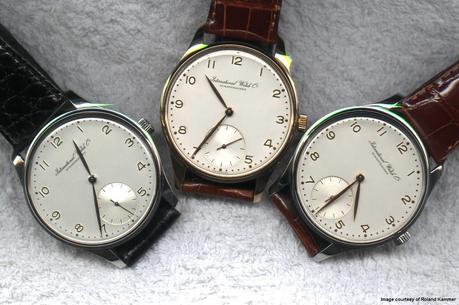
These days, people buy watches less out of necessity than out of the desire to appear stylish. With most everyone owning cell phones that display the time, few of us need a watch for practical reasons. But it wasn’t always this way.
When humans started to organize themselves into civilized societies, it became necessary to clearly mark the times of the day – early democratic gatherings and entertainment events wouldn’t have been very successful if our ancient ancestors had said, “Get here at some point between sun up and sun down.” So, they developed ways to divide the day and recognize those divisions.
In 1500 B.C the Egyptians and Mesopotamians used a sundial for time; ancient Romans erected obelisks to cast different shadows on the ground as the sun moved across the sky; and in 1900, the British used the early wristwatch, a so-called woman’s toy, to win a war.
And now, we are seeing the advancement of the smart watch, a device that early watch developers would scarcely recognize at all.
To examine the technology of the watch is to examine technology in general – given that some form of the watch has existed since ancient times, we’re able to see a long technological evolution played out over thousands of years.
In the Beginning
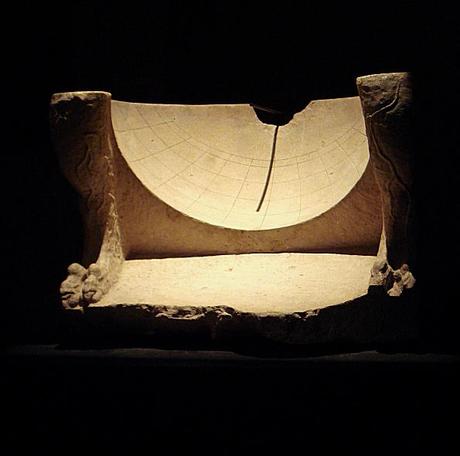
Egyptians accomplished the first time keeping we know of. And although many older Eastern cultures didn’t find the need to know the time, the Egyptian method for tracking the passing of hours and minutes spread throughout Western culture.
Early clocks, both the large tower and turret clocks as well as the smaller models that they were based on, were propelled by huge weight mechanisms. In the 1500s, however, the mainspring was born and changed everything.

This key part employed the stored power of a tightly coiled spring to turn the tiny gears that controlled the watch’s hands – this is the key development that led to the creation of the first portable time-keeping devices. And, really, watch developers spent the next 500 years working to further improve that mechanism, which lies at the heart of mechanical watches.
Why? Because, as the spring unwinds, its force decreases. So, as these early watches were worn, their accuracy would plummet over the course of the day – by nightfall, they could be as much as a couple of hours off base. Not very handy if you have a dinner date.
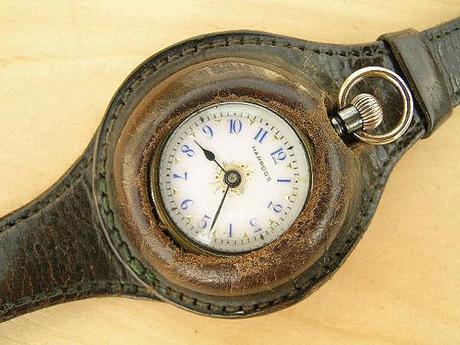
The other problem was that these time keepers were too large. They were seen as novel jewelry pieces that communicated a nobleman’s status more than anything else. Most were very ornately decorated and very bad at actually telling the correct time. Just like many other brand new technologies that few can afford, it was about showing off rather than serving a purpose.
A Revolution in Time
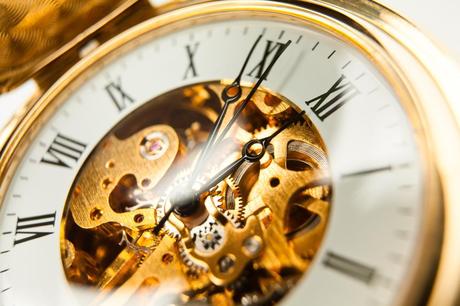
In the 1600s, big changes were afoot for the watch. During this century, several developments led to more practical watches. The balance spring was added, which hugely increased accuracy and allowed the addition of a minute hand. This update brought standard error down from hours to just 10 minutes.
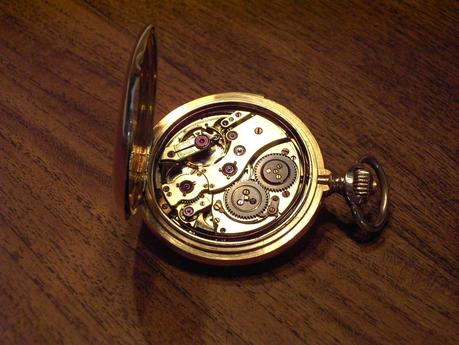
It wasn’t long before watches began to be viewed as scientific instruments with huge potential in fields like exploration and sea travel. The increased accuracy led to the development of the marine chronometer, a watch so precise it can be used to establish a ship’s longitude by calculating the difference in time between Greenwich Mean Time and the vessel’s local time. This was a far cry from the watch as fancy man’s accessory.
Standardization
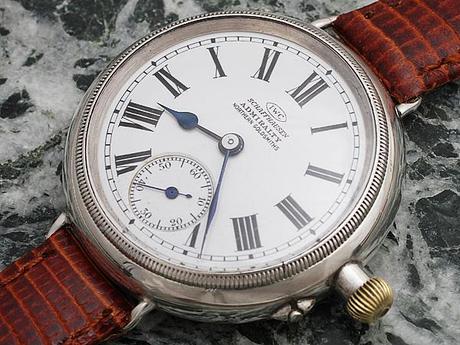
Starting in the 1800s, the focus was on standardization and mass production. The key was to be able to reliably produce extremely accurate timepieces on a large scale. Remember that watches were still very much handcrafted, complex little machines. But development was driven by the needs of the railroad industry, which required trusty time keepers to maintain safe train schedules.
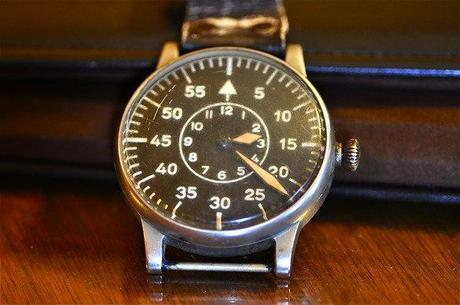
War was another industry that led to some developments of the portable timekeeper. Towards the end of the 19th century, soldiers began wearing what was basically a pocket watch attached to a strap on their wrist. It was important to be able to synchronize moves and attacks. During this time, the winding also went from requiring a key, to a knob to becoming self-winding.
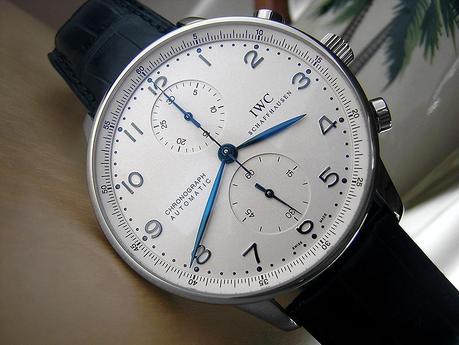
A little later came the most important innovation of them all- the use of quartz crystals. Quartz crystals allowed for high frequency vibrations to power either a tuning fork or a stepping motor, and resulted in several display changes. The usage of these crystals changed the entire watchmaking process, as many people started to mass-produce digital designs.
The Smart Watch

The so-called “smart watches” that many tech companies are racing to develop are really only watches in name. Iconoclasts surely roll their eyes when asked if classic timepieces are in danger of becoming obsolete in the face of these tiny wearable computers. Though they may display the time, they are a very different beast from the mechanical marvel that sits on most wrists today.

Smart watches may prove to be very useful to modern man, but they will never replace a beautifully handcrafted watch that is the result of thousands of years of human development. When you look at how far we have come in our time-keeping abilities, it certainly makes you look at watches with a newfound appreciation for the amazing technology that was invented solely for the purpose of putting the accurate hour, minute and second within arm’s reach.
Author Bio: Edward Bush is a partner at Barmakian Jewelers, a purveyor of European watches Boston has trusted for over 100 years. Though Ed is passionate about jewelry in general, watches are his real area of expertise, so he’s a frequent contributor to online publications that deal with style and technology. For more, visit the Barmakian site and Google+ today!
